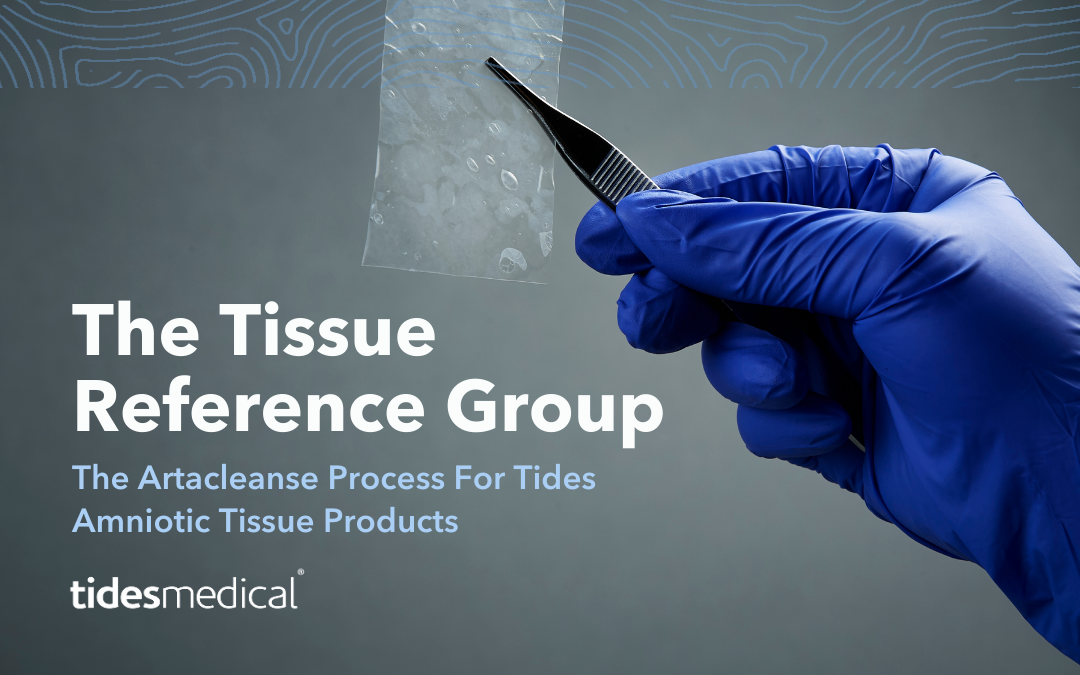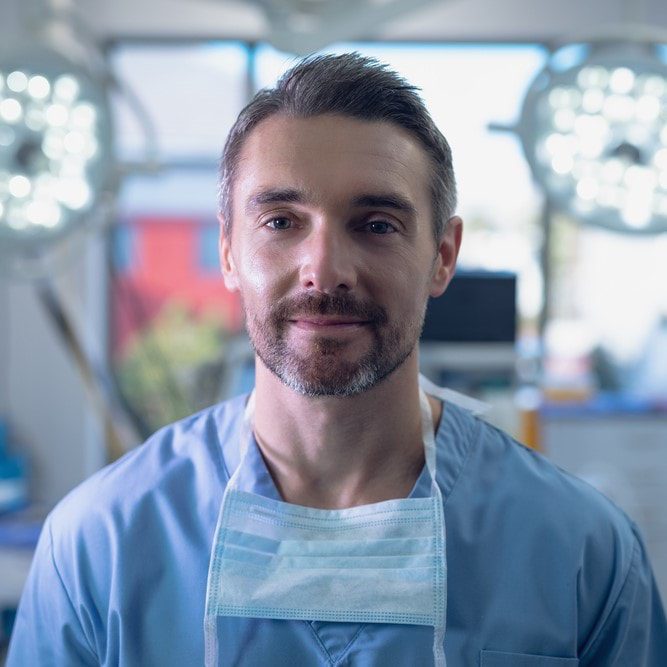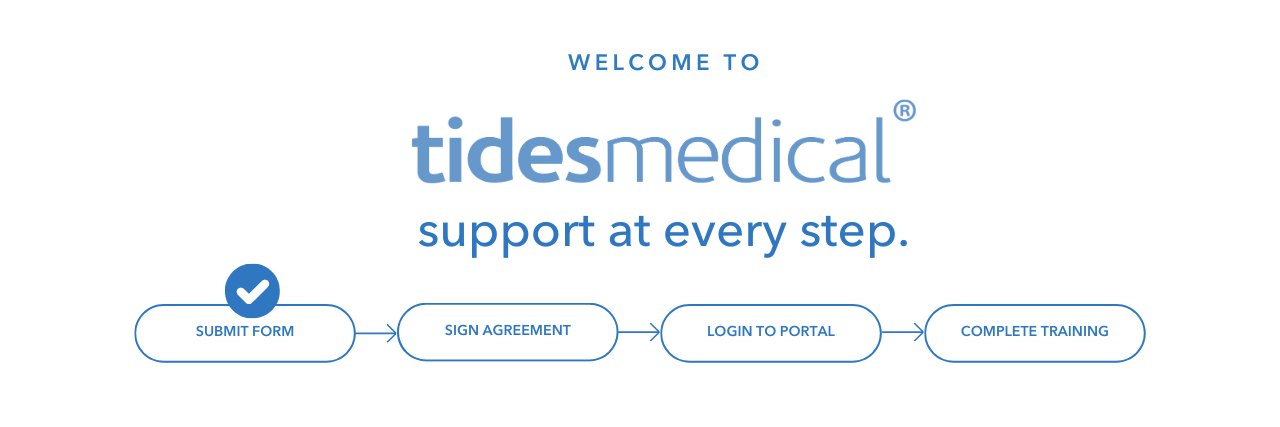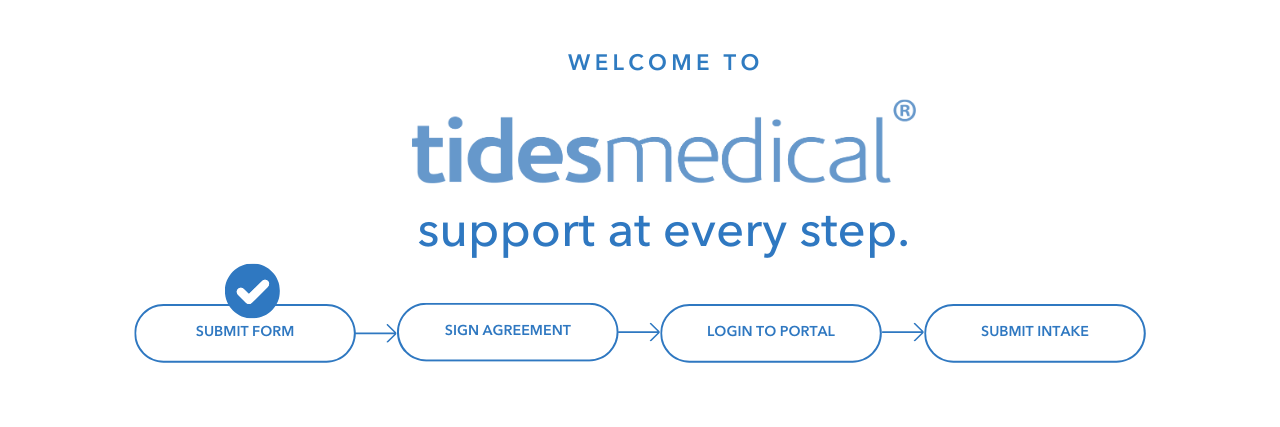TRG stands for The Tissue Reference Group. It was created to provide a single reference point for specific questions the FDA receives about products concerning human cells, tissues, and cellular tissue-based products. In short, it is an FDA review that provides product manufacturers and sponsors with an informal Agency recommendation about the application of the criteria in 21 CFR 1271.10(a) to their HCT/P for given indication for use, which is to say that the submitted product meets the regulatory requirements.
The Tissue Reference Group is made up of representatives from the Center of Biologics Evaluation and Research (CBER) and the Center for Devices and Radiological Health (CDRH). If a company (sponsor) has questions or wishes to confirm their product meets the applicable regulations, the company can submit questions/request a review by TRG who will respond with a recommendation letter that the product is indeed regulated under 21 CFR 1271 or does not meet the requirements. To make a request for TRG review the sponsor must submit the following:
-Your contact information
-Name and contact information of any party you represent
-Manufacturer of product
-What the product is and how it is to be used
-Source of the product
-A clear description of how the product is processed from recovery to point of use.
Why Submit to the TRG?
Many agencies, particularly government agencies, require a designation letter form the FDA-TRG before they will purchase tissue products that companies claim is properly regulated under section 361 of the Public Health Services Act which gives the FDA authority to regulate our types of products. Likewise, as of December 2020 the Centers for Medicare and Medicaid Services (CMS) requires a recommendation letter from the TRG prior to issuance of a Q-Code, which is the treatment and diagnosis code for medical billing. The TRG is able to issue these designation letters upon request and submission of details of the product.
From a strategic standpoint a recommendation letter from the TRG makes sense given the landscape for regulation, i.e. more rigorous oversight of tissue products that traditionally have had FDA enforcement discretion which ended in May of 2021.
TRG Submissions and Evaluation
The TRG evaluates an inquiry, including the description of the product, questions posed by the inquirer, and relevant precedents. This evaluation will evaluate to confirm that the criteria of 21 CFR 1271, per FDA guidance “Regulatory Considerations for Human Cells, Tissues, and Cellular and Tissue-Based Products: Minimal Manipulation and Homologous Use” and under section 361 HCT/P. These products must meet the following criteria to be regulated solely under section 361 (21 CRFR Part 1271.10(a)):
- Minimally Manipulated
- Intended for Homologous Use only
- Not combined with another article (with some exceptions: ex saline); AND
- Either:
- Does not have a systemic effect and is not dependent upon the metabolic activity of living cells for its primary function; or
- Has a systemic effect or is dependent upon the metabolic activity of living cells for its primary function, and is for autologous, 1st or 2nd degree blood relative, or reproductive use.
How Tides Medical meets these criteria with our Artacleanse Process
The Artacleanse manufacturing Process is Tides Medical’s safe and natural process from placenta acquisition all the way to the customer service provided for the reimbursement process. The Artacleanse Process is performed in our AATB Accredited tissue bank by expert technicians. From each planned C-section operating room where the donated placenta is collected to the final sterile packaging, the tissue meets the highest standards for manufacturing safety and quality.
Our manufacturing process maintains natural biologic factors yet is strong enough for the amniotic tissue products to be implanted safely. The safety of our amniotic tissue products is our top priority and are held to a higher standard. Our Artacleanse process ensures tissues are free from outside contamination (by being aseptically processed) and they are terminally sterilized, which makes them medically sterile, providing a high level of safety for patients.
Our product meets the homologous use criterion because the intended use of our product is as a wound covering in surgical procedures. As the same basic function or functions in the recipient as in the donor.
For more information on each stage of the Artacleanse process, click here. If you have any questions or would like additional information about Tides Medical amniotic tissue products, do not hesitate to contact us. We are passionate about the education of our products and would love the opportunity to connect with you.
*Source: https://www.fda.gov/vaccines-blood-biologics/tissue-tissue-products/tissue-reference-group



 Marc Stemler,
Marc Stemler,  Mora Melican, Ph.D., VP of Operations, Research & Development
Mora Melican, Ph.D., VP of Operations, Research & Development LESA CATALON,
LESA CATALON, DAVID CASTILLE,
DAVID CASTILLE,




 JOSH WILLETT,
JOSH WILLETT, JEFF MONTGOMERY,
JEFF MONTGOMERY, MIKE RIDDLE,
MIKE RIDDLE, BENJAMIN KIMBALL,
BENJAMIN KIMBALL, DOUG PAYNE,
DOUG PAYNE, JOE SPELL,
CEO
JOE SPELL,
CEO


